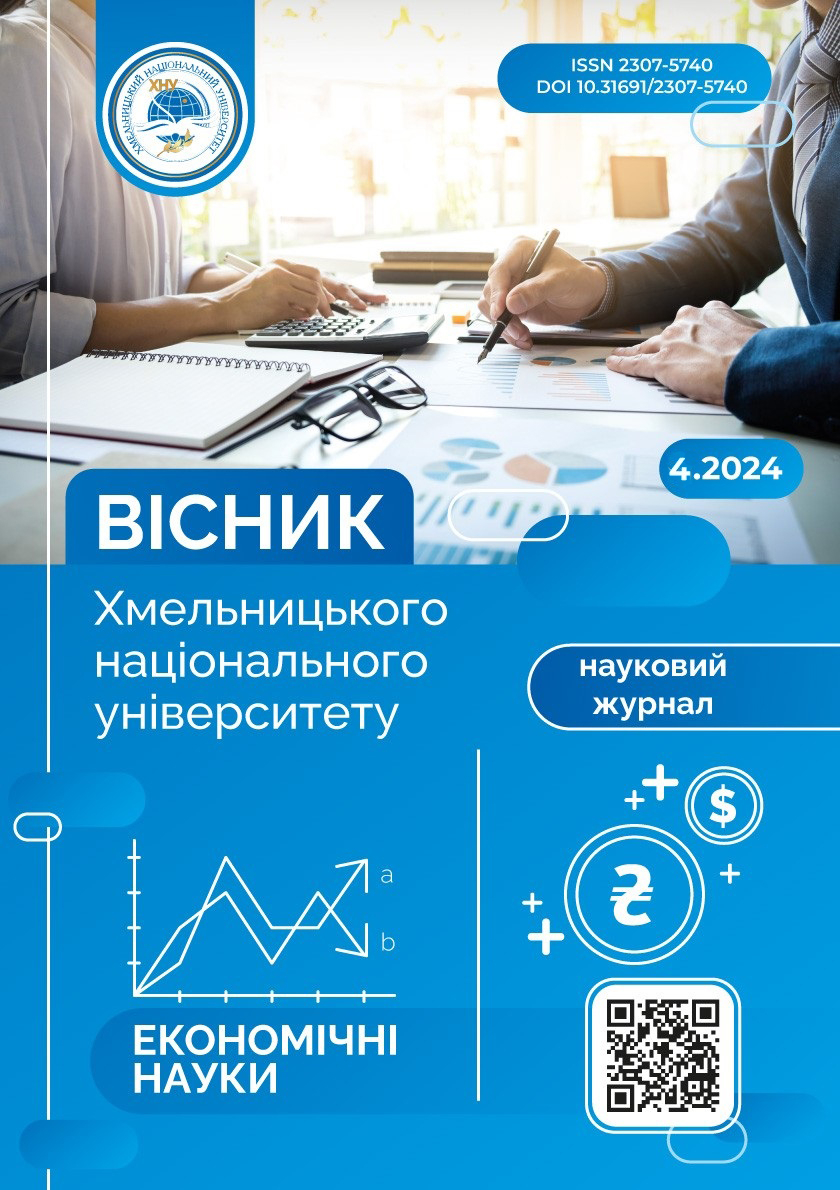RISK MANAGEMENT IN LIFE INSURANCE: FROM CLASSICAL METHODS TO INNOVATIVE APPROACHES
DOI:
https://doi.org/10.31891/2307-5740-2024-332-32Keywords:
financial risk, risk management, risk-based approach, artificial intelligence, Big dataAbstract
The article examines the main aspects of financial risk management in insurance companies, particularly life insurance companies, which is especially relevant in the current conditions of financial and economic instability in Ukraine. The authors analyze traditional and modern risk assessment methods, such as VaR (Value at Risk), Monte Carlo simulation, Expected Shortfall (ES), Economic Value Added (EVA), RAROC (Risk-Adjusted Return on Capital), stress testing, as well as qualitative methods including SWOT analysis and risk matrix.
Special attention is given to the analysis of the Ukrainian life insurance market, which, despite financial instability and high levels of financial leverage, continues to meet its obligations to clients due to strengthening reserves and recapitalization.
The dynamic development of the life insurance market in Ukraine requires companies not only to adapt to new economic conditions but also to implement innovative approaches to risk management. The use of technologies such as artificial intelligence, big data, and the Internet of Things (IoT) allows insurance companies not only to forecast potential threats but also to make decisions aimed at their prevention. This approach significantly reduces the impact of negative factors on the companies' operations, ensuring more stable and competitive functioning even in challenging economic conditions.
Moreover, in the context of modern instability, risk-oriented supervision of insurance companies, carried out by the National Bank of Ukraine, plays a crucial role. This approach involves strengthening requirements for financial stability, transparency, and solvency of market participants, which helps minimize potential risks to the entire financial system. Implementing these strategies ensures the protection of policyholders' interests, increases trust in insurance companies, and promotes the development of the national insurance market as a whole.


